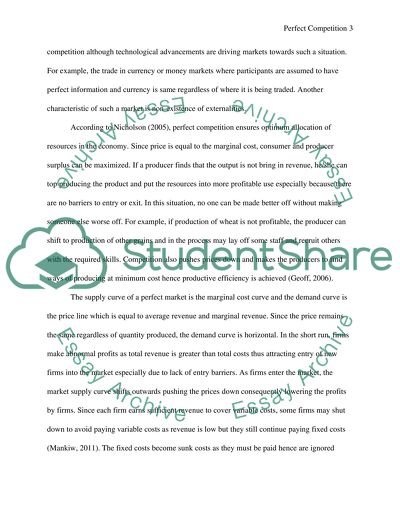Cite this document
(“Perfect Competition Essay Example | Topics and Well Written Essays - 1500 words”, n.d.)
Retrieved from https://studentshare.org/marketing/1395692-economics
Retrieved from https://studentshare.org/marketing/1395692-economics
(Perfect Competition Essay Example | Topics and Well Written Essays - 1500 Words)
https://studentshare.org/marketing/1395692-economics.
https://studentshare.org/marketing/1395692-economics.
“Perfect Competition Essay Example | Topics and Well Written Essays - 1500 Words”, n.d. https://studentshare.org/marketing/1395692-economics.


